Walking into a large room in the Bahen Centre for Information Technology on a recent Friday afternoon, you might have seen students taking turns using sticky notes to craft original music with light, a camera and a computer.
At the other end of the room, you could take on the role of a subway passenger as students demonstrated a way to detect and report passenger crowding levels in each train segment.
Limited only by their imaginations, undergraduates in the capstone course Physical Computing for Interactive Experiences were tasked with conceiving, building and finding a sponsor for a compelling, hands-on interactive experience that could serve a public good.
Whereas the typical model of pairing students with outside organizations for projects relies on the organizations providing project ideas for the students to work on, instructor Paul Dietz flipped the script. Once the student groups had identified a project that could serve a public good, they sought an organization that could use it.
Dietz, a distinguished engineer in residence and director of fabrication in the Department of Computer Science, likened the process to pitching venture capitalists for funding — something many future technologists may someday find themselves doing.
Once a match was made, a sponsor within that organization provided feedback to the group on its project.
Some of the sponsoring organizations of the eight group projects included the Toronto Transit Commission (TTC), Little Canada, and the Museum of Medicine and Biomedical Discovery.
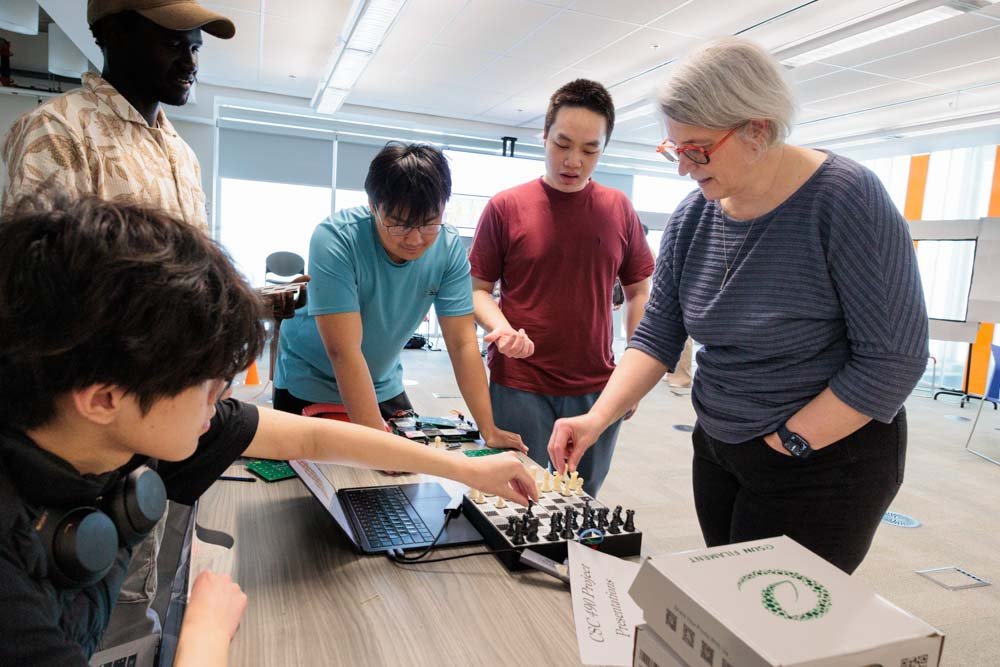
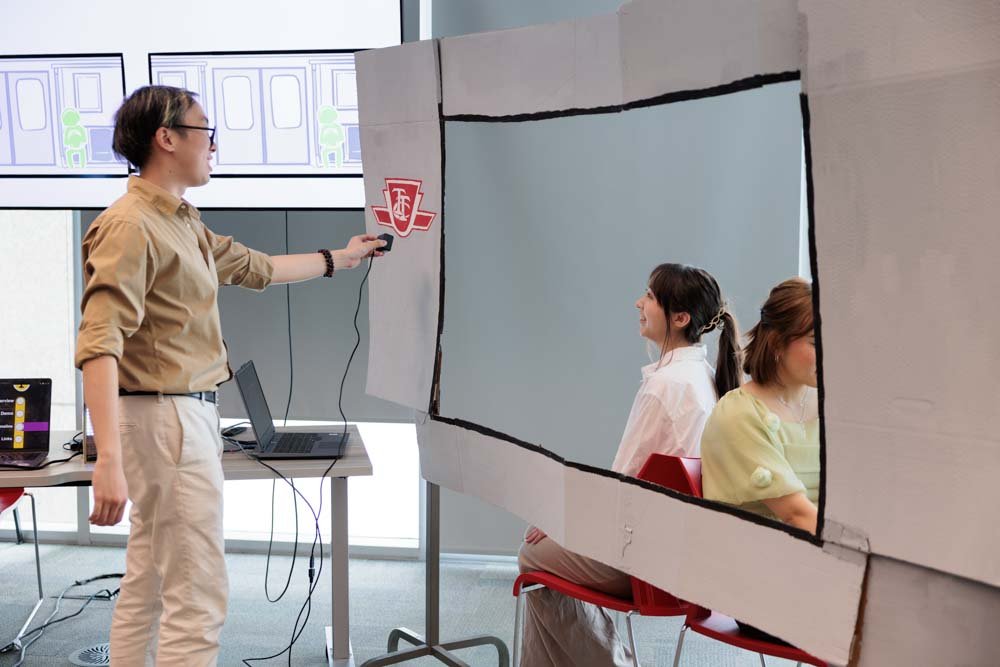
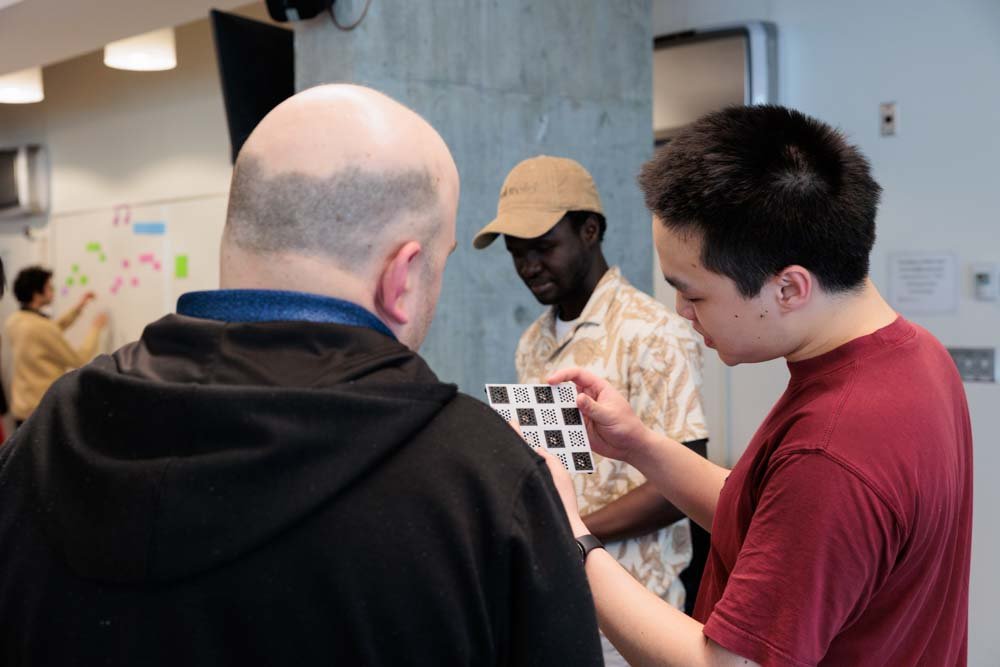
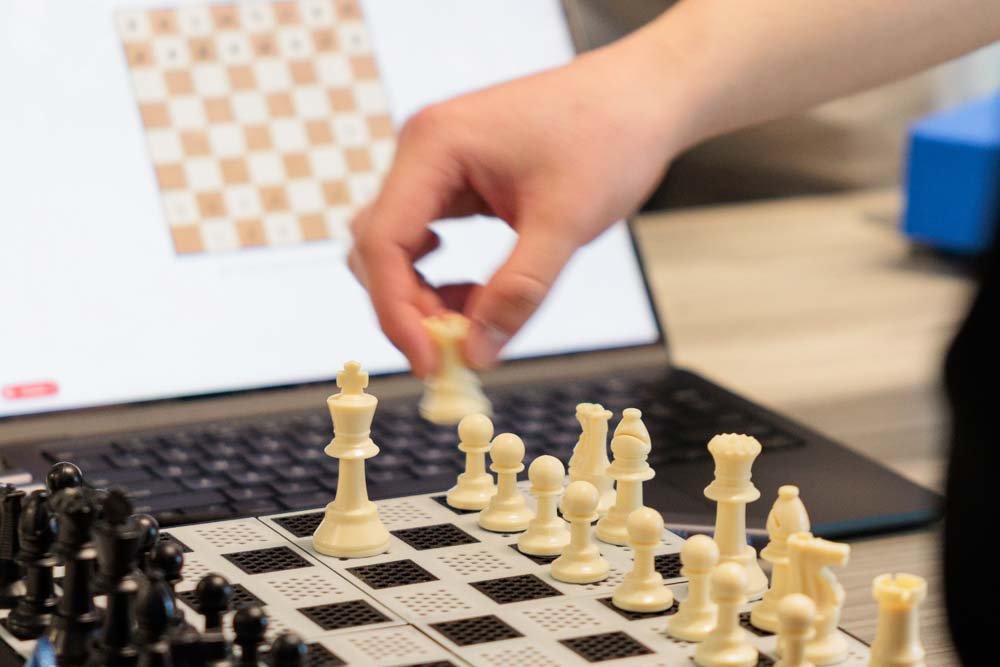
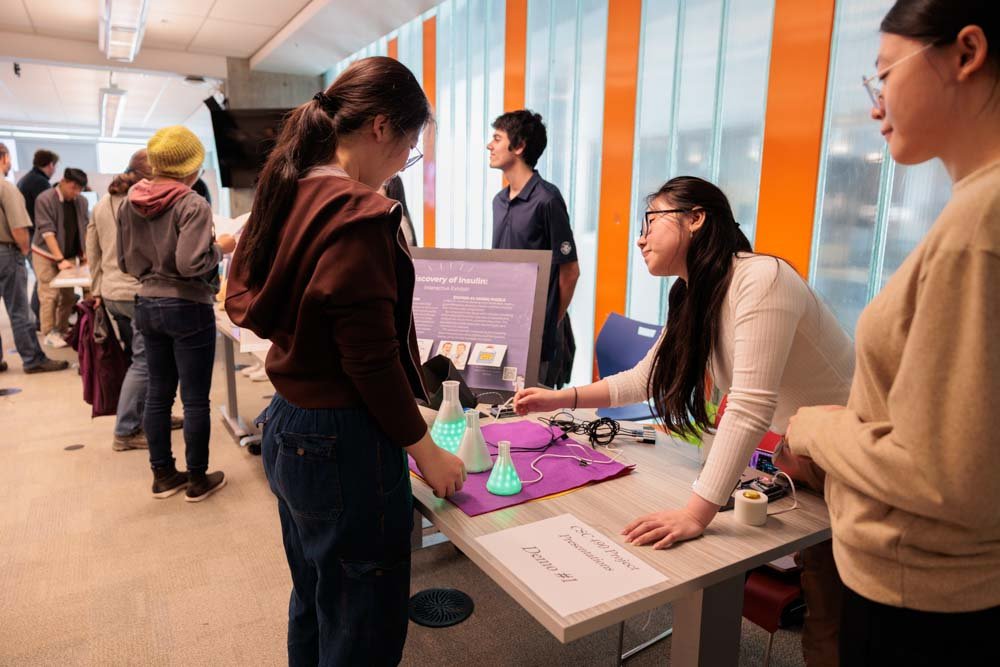
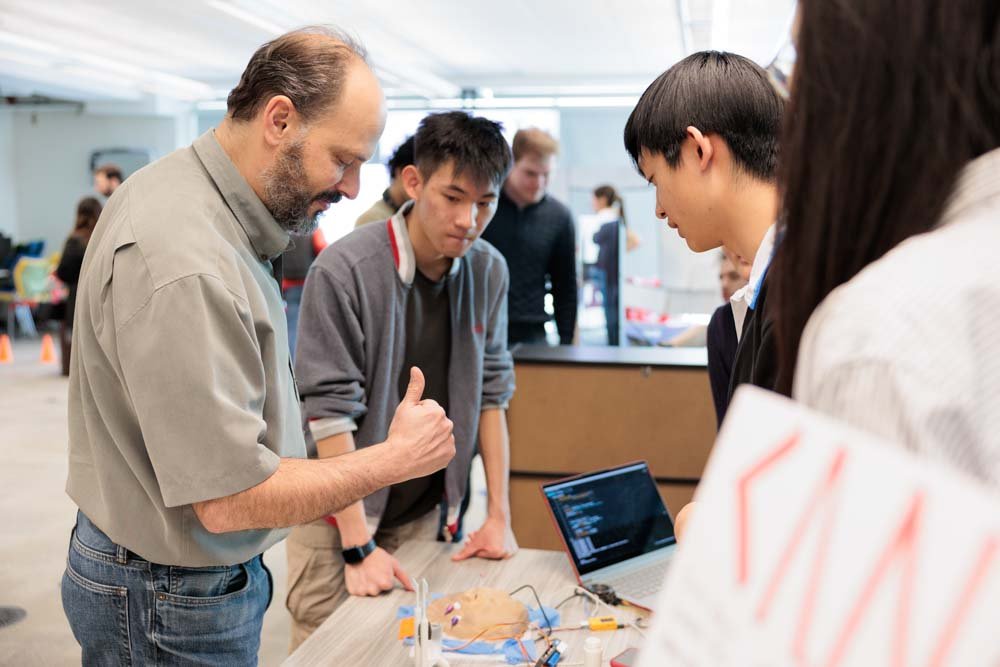
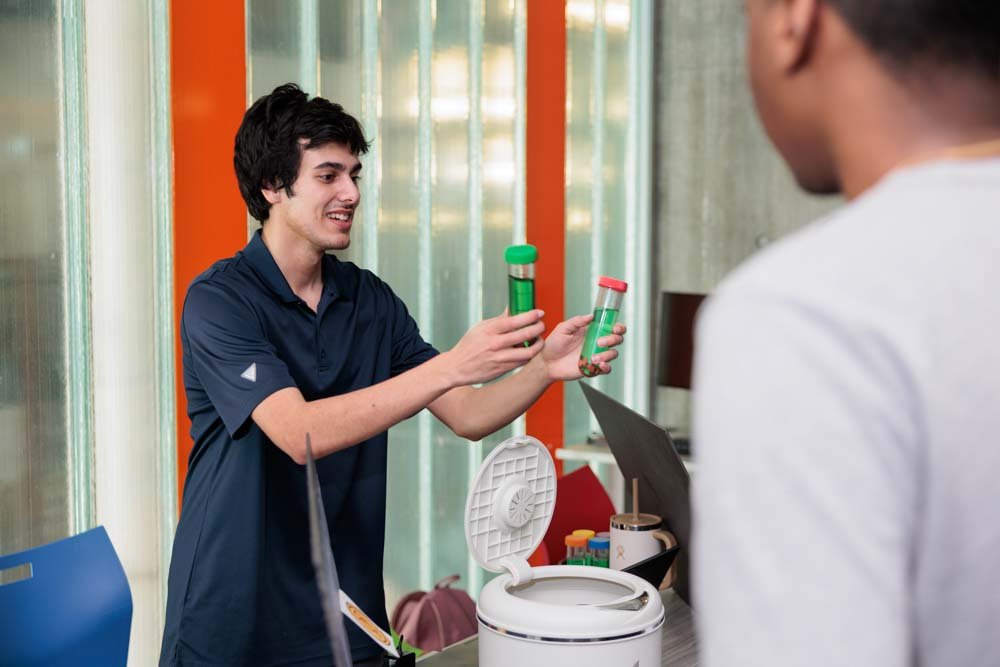
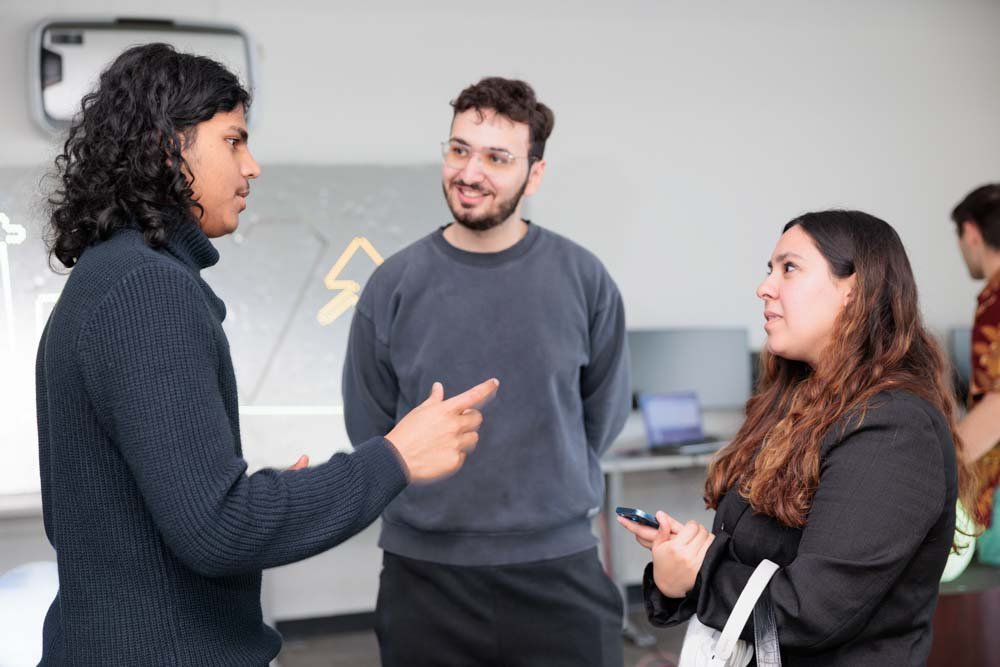
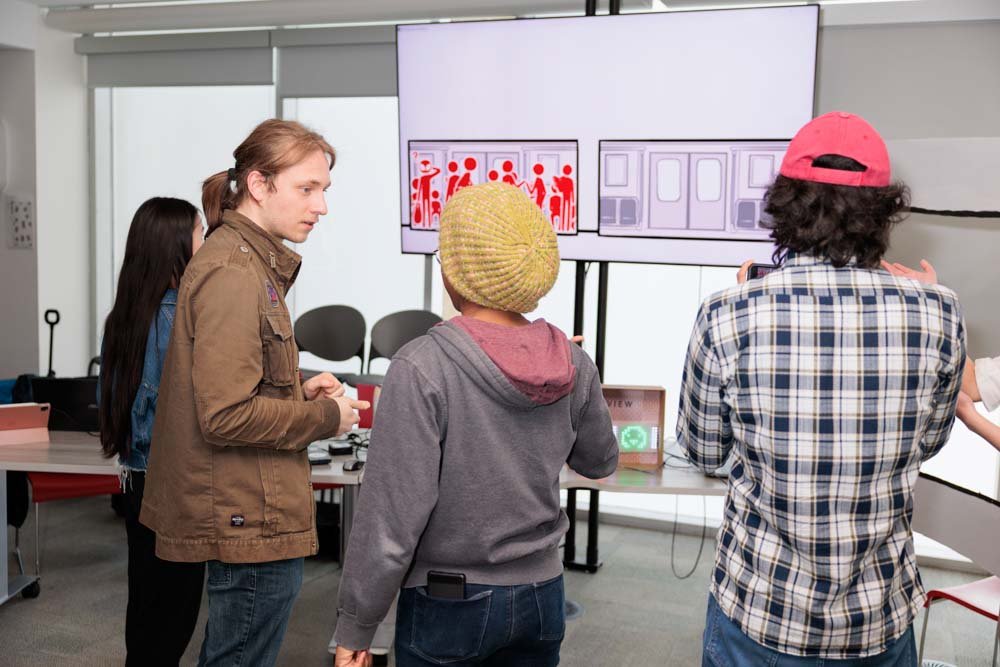
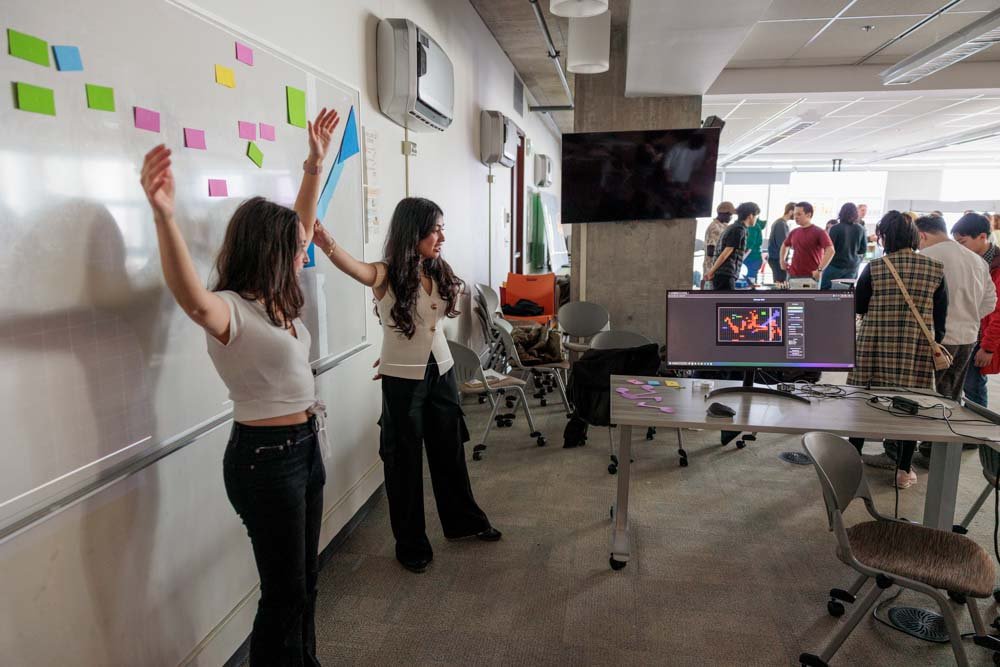
Photos by Matt Hintsa
